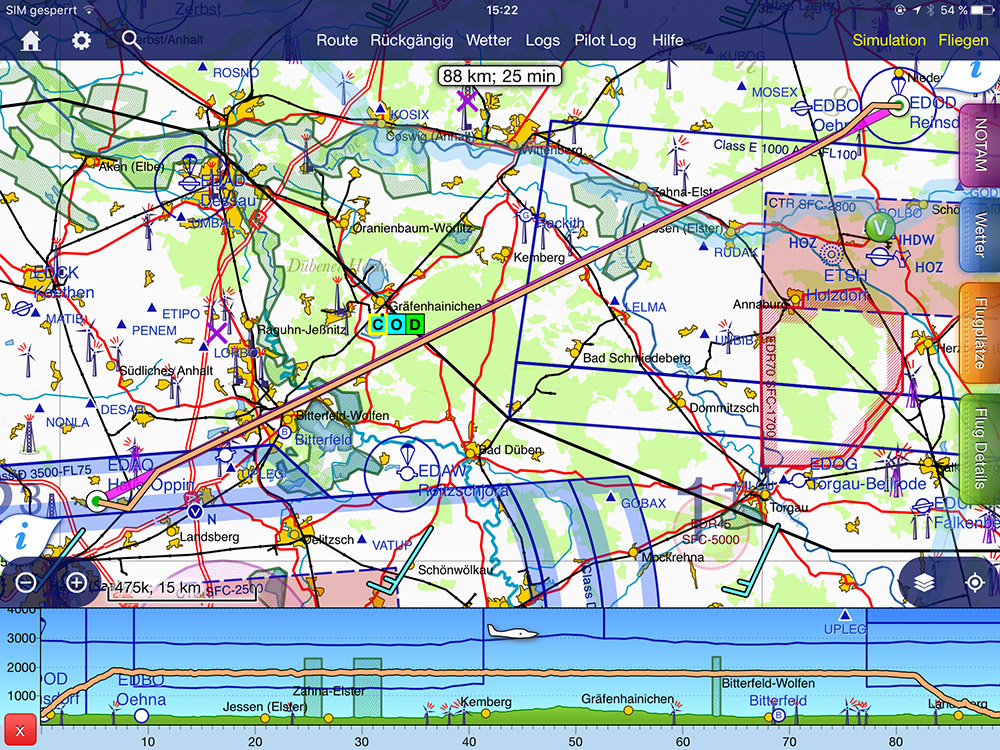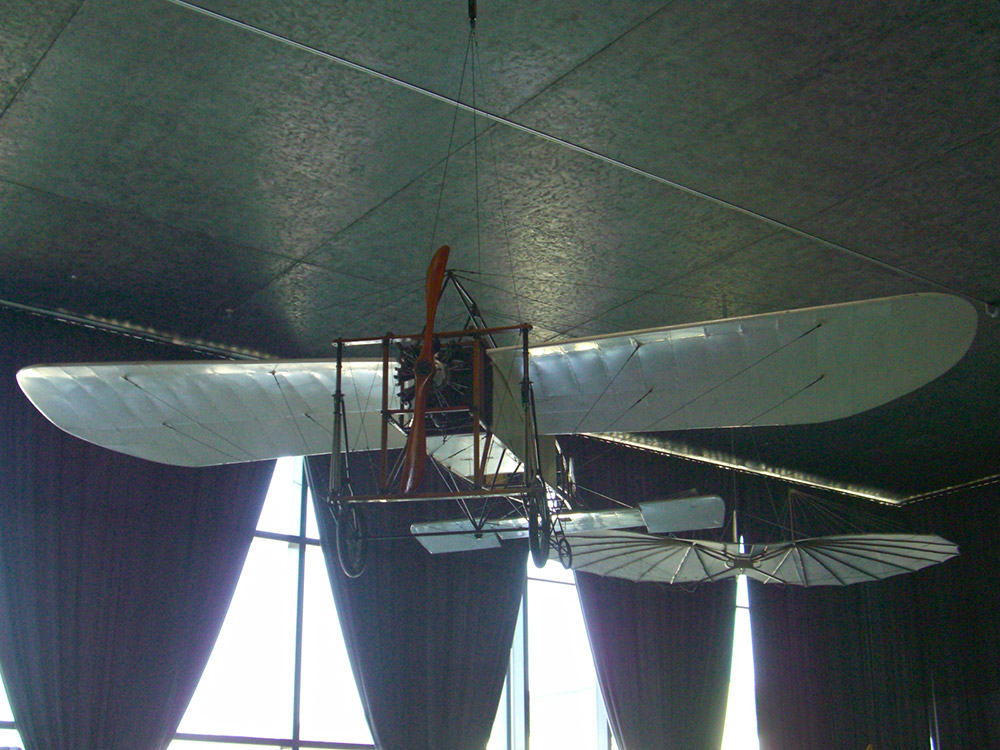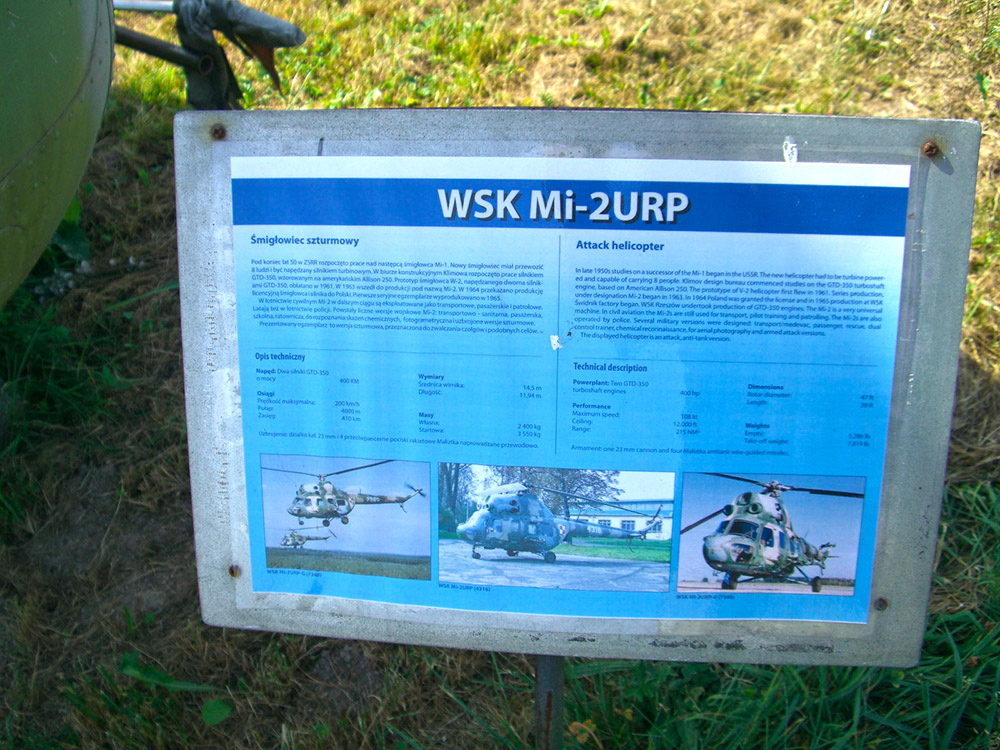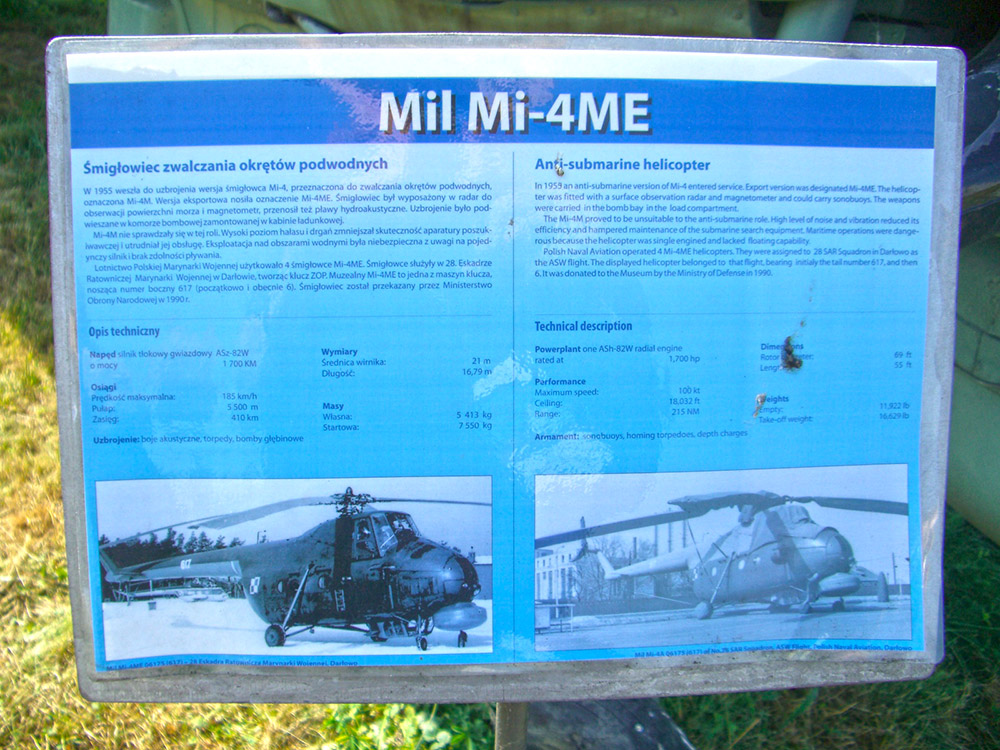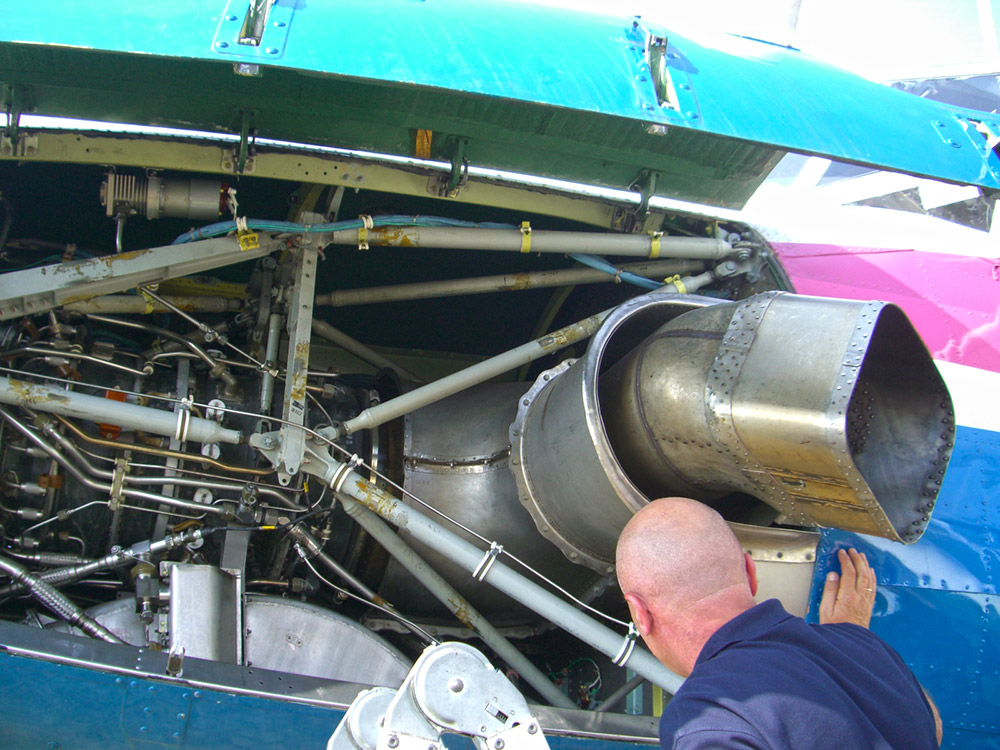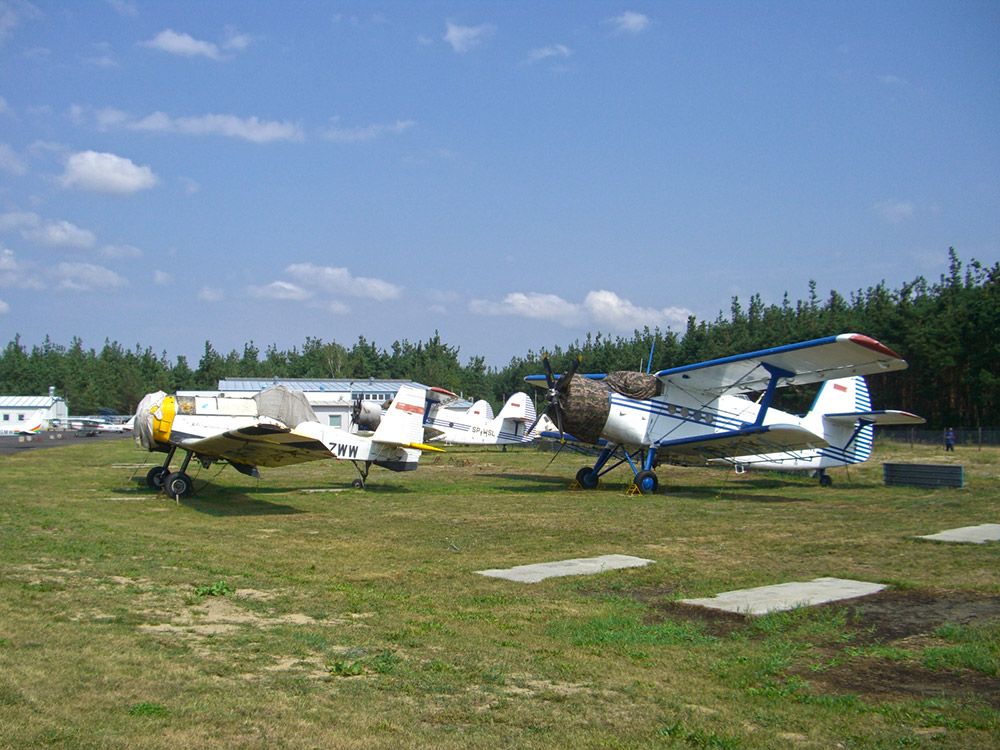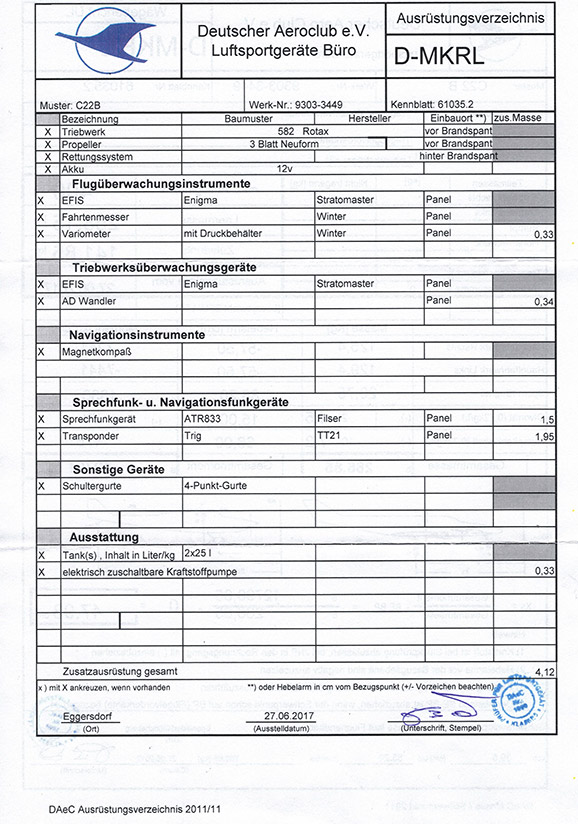NEWS - 2017
Versandschluss 2017

Sehr geehrte Kunden und Geschäftspartner,
auf Grund der jährlichen Inventur, der Wartung der Maschinen und der Weihnachts-/Neujahrsfeiertage ist unsere Firma vom 20. Dezember 2017 bis einschließlich 01. Januar 2018 geschlossen.
Die letzten Waren werden in diesem Jahr am 19.12.2017 versandt. Wir bitten Sie, dies bei Ihren Bestellungen zu beachten.
ORATEX Verarbeitungsanleitung Version 6.3 veröffentlicht
spontanes Kiebitz-Treffen in Reinsdorf

Am Samstag, den 26.8. trafen sich 4 ORATEX® bespannte Kiebitze und deren Piloten am Flugplatz in Reinsdorf. Dies bot den Piloten Gelegenheit zum gegenseitigen Erfahrungsaustausch. Zwei Kiebitze kamen aus Porta Westfalica geflogen, wovon ein Flugzeug eine Schwestermaschine des ORATEX® Werkskiebitz aus Leipzig ist. Das 3. Flugzeug ist in Rheine-Bentlage beheimatet. Lanitz Aviation war ebenfalls mit einem Werkskiebitz aus Leipzig angereist. Ein Teilnehmer des Kiebitz-Treffens verdeutlichte seine Leidenschaft zu seinem Flugzeug auf ganz besondere Art und Weise, indem er direkt neben seinem Flugzeug zeltete. Der krönende Abschluss dieser spontanen Zusammenkunft war der Formationsflug aller anwesenden Kiebitze.




"Das Projekt Neubespannung der Tragflächen einer DR 253 B"

Das Projekt "Neubespannung der Tragflächen einer DR 253 B Baujahr. 1972" wurde im Oktober 2016 in Angriff genommen.
Die Entscheidung für ORATEX® fiel nach umfassender Beratung durch Herrn Lanitz und nach Rücksprache mit dem Prüfer Carsten Rieder vom "Skytex Airservice" Hamm. Herr Rieder hat das ganze Projekt betreut und war gemeinsam mit einem Mitarbeiter und mir selbst Teilnehmer des von der Firma Lanitz-Aviation angebotenen Workshops.
Nach der aufwendigen Demontage und Vorbereitung der Tragflächen wurden diese mit einem Bootsanhänger für eine Woche zum Workshop nach Leipzig gebracht. Entgegen der eigenen Erwartung war es Dank der hervorragenden Eigenschaften des Bespannungsmaterials "ORATEX®6000" unter Anleitung von Fred möglich, die Flächen und alle Ruder in nur einer Woche fertig zu bespannen.

Dabei wurden auch die herkömmlichen Techniken des "Vernähens" vermittelt und angewandt.
Das Ergebnis kann nicht nur optisch mehr als überzeugen, es ist auch eine enorme Gewichtseinsparung objektiv messbar. Inzwischen sind Flächen und Rumpf wieder vereint und die Arbeiten, immer unterstützt durch Carsten Rieder und die Crew von "Skytec Airservice ", wurden erfolgreich abgeschlossen.
Wir fliegen wieder! Mit ORATEX®!
Die Werft von Carsten Rieder " Skytec Airservice " ist jetzt ORATEX®-zertifiziert und kann Bespannungen mit ORATEX® durchführen.
P.S. mein besonderer Dank gilt auch Herrn Georg Ingenhaag, der, nachdem er selbst schon eine DR 253 B mit ORATEX® bespannt hat, mir mit Rat und Tat zur Seite gestanden hat, sowie den Vereinen aus Rostock und Altötting, die mir vor allem mit umfangreichem Fotomaterial die Angst vor dem großen Projekt genommen haben.
Hier können Sie sich die Wägeberichte herunterladen:
Antonow AN2 Treffen in Mielec (Polen) vom 11.-13.8.2017

[more]
Mit unserer CTSW ging es von Halle Oppin (EDAQ) nach Reinsdorf (EDOD). Dort ist die mit ORATEX® 6000 bespannte AN-2 „Anastasia“ (D-FUKM) beheimatet.

Die "Anastasia" hat unter anderem in einem Werbeclip der Firma HEAD-Tennisschläger mitgespielt, als auf ihren Tragflächen während des Fluges "Tennis gespielt" wurde.
Die Anastasia wird zum Start vorbereitet, dazu muss das Öl aus den unteren Zylindern entfernt werden und der Motor langsam von Hand durchgedreht werden – eine sportliche Betätigung.

Mit einem Schlepper wurde die Anastasia aus dem Hanger geholt und die letzten Vorbereitungen fanden statt.

Der Propeller wird noch einmal durchgedreht.

Es darf eingestiegen werden.

Der Motor läuft – wir rollen zum Rollhalt.
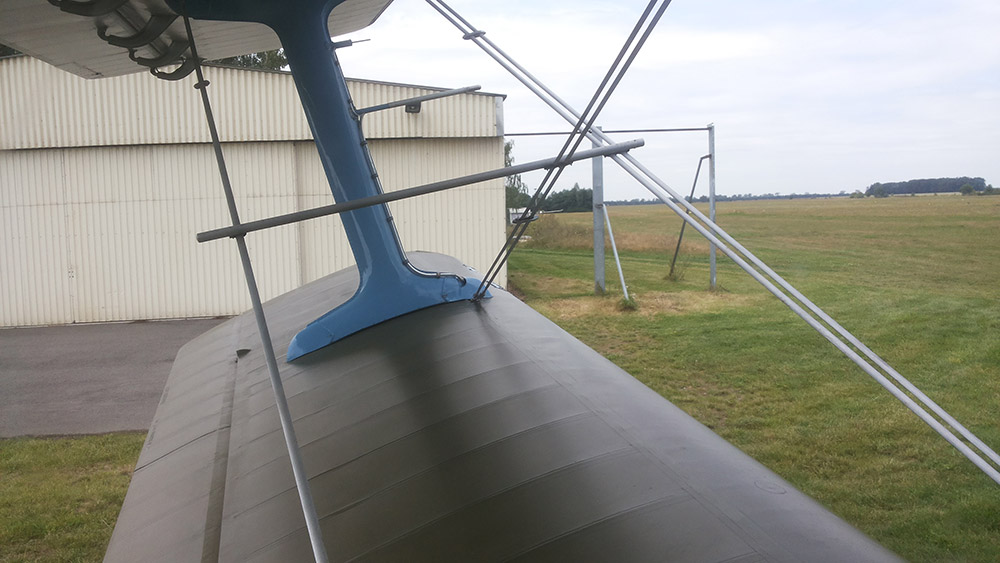
Unsere beiden Piloten Helmut und Hans sind hoch konzentriert und führen gerade alle vor dem Start notwendigen Checks durch, während der Motor warm läuft.

Der Rollhalt ist erreicht, das Triebwerk dreht hoch – auf geht’s!

Start, Landung und Flugsequenzen finden Sie auf unseren eingebetteten Videos.
Zum Video: Die Inflation der ORATEX-Bespannung verläuft völlig gleichförmig (homogen).
Wir sind die Nummer 2, die Nummer 1 ist eine ukrainische AN-2-100: es handelt sich hierbei um die erste mit einer ukrainischen Turbine ausgestatteten AN-2 mit 1500 PS!!! Das ist Power Pur, mit dem Klang einer Pilatus Turbo Porter.


Nach einer Flugzeit von 3h 28min und 638 zurückgelegten Kilometern sind wir in Mielec um 14:48 Z gelandet. Für alle Interessierten haben wir den Flug geloggt und Sie können die Flugroute hier im virtuellen Radar sehen.
Am Freitag, den 11.08.2017 waren alle nach Mielec angereisten Piloten und Crews eingeladen, das Luftfahrtmuseum in Krakau zu besuchen. Die polnischen Gastgeber überzeugten durch ihre Gastfreundschaft und eine einmalige Luftfahrt-Ausstellung. Wir fuhren mit dem Bus nach Krakau und wurden nach einer kurzen Begrüßung durch die Museumsleitung zu einem Snack in fliegerischer Umgebung eingeladen.


Um den Rahmen des Berichts über das Antonow-Treffen nicht zu sprengen, zeigen wir nur eine kleine Auswahl von dem, was das Luftfahrtmuseum Krakau zu bieten hat.
Die Palette reicht von den Anfängen mit Otto Lilienthal bis zur MIG-Parade. Wir erhielten eine Sonderführung, bei der uns die Besonderheiten der Exponate erklärt wurden.
Impressionen während unseres Snacks
Ein Flügel in klassischer Holzbauweise in überzeugender handwerklicher Ausführung.

Natürlich darf eine Messerschmitt Bf109G-6 im Luftfahrtmuseum nicht fehlen.
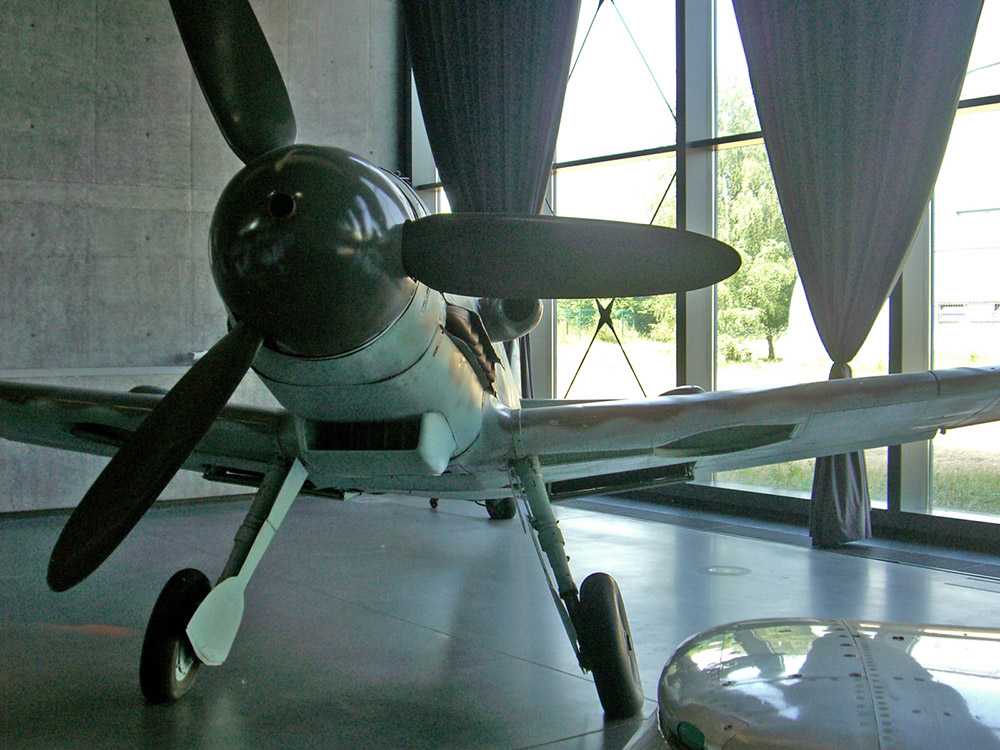


Ein Höhenruder in Fachwerksausführung.

Wenn schon eine ME109 gezeigt wird, dann darf auch die Spitfire nicht fehlen.


Das Antonow-Triebwerk in voller Schönheit.

Unser Guide führt uns in die Geschichte des Luftfahrtmuseums ein.

Russisches Wasserflugzeug aus dem 1. Weltkrieg. Es gab nur 2 Stück davon, vorn saß der Beobachter, hinten der Pilot. Der Motor ist recht hoch angeordnet um ihn vor Spritzwasser zu schützen. Für Pilot und Beobachter waren die Flüge mit einer solchen Maschine eine Tortur, denn sie hatten nicht mal eine Windschutzscheibe.

Sopwith Camel: Eine Herausforderung für Piloten, der Pilot war Pilot und Schütze zugleich und musste mit dem gyroskopischen Effekt des Radialmotors kämpfen. Wenn er ins Truddeln kam und dabei in die falsche Richtung drehte, hatte er sehr schlechte Karten …

Bei der vermeintlichen Ju52 handelt es sich um einen französischen Lizenzbau „Amiot AAC.1 Toucan“. Nach 1945 wurden über 400 Stück für die französische Armee und als Airliner von Félix Amiot's Flugzeugwerk gebaut, während er zu Kriegszeiten für Junkers 370 Lizenzbauten abliefern mussten. Das hier ausgestellte Stück zeigt sich in der Optik der deutschen Luftwaffe.


Jets ohne Ende.


Und auch Cessna hat sich an Jets versucht.

Nein, es ist keine DC3, es handelt sich um die russische Lissunow- Li2.

Leider nagt der Zahn der Zeit an den draußen stehenden Flugzeugen und sie sind renovierungsbedürftig.
Trotz des kalten Krieges wurde Ende der 70er Jahre ein Lizenzbau der amerikansichen Piper PA 34. möglich, die in Polen gebaut und PZL M20 Mewa hieß.
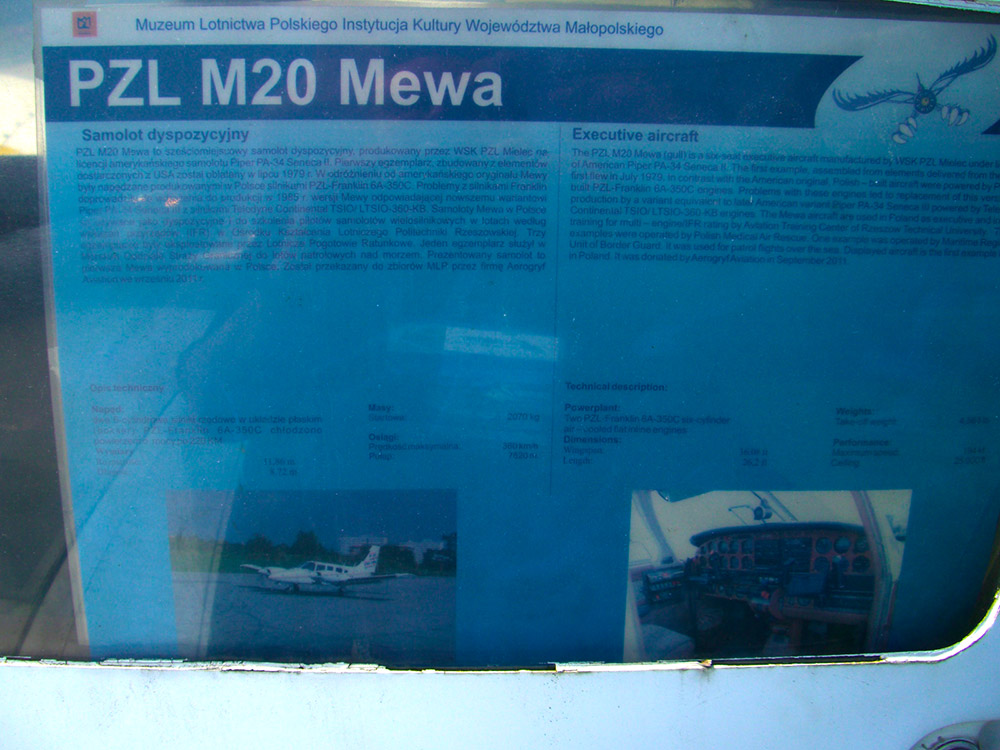

Der Zahn der Zeit nagt an den Flugzeugen, aber im Gegenzug gewährt er sehr schöne Einblicke in die Konstruktion udn dier Bauausführung.





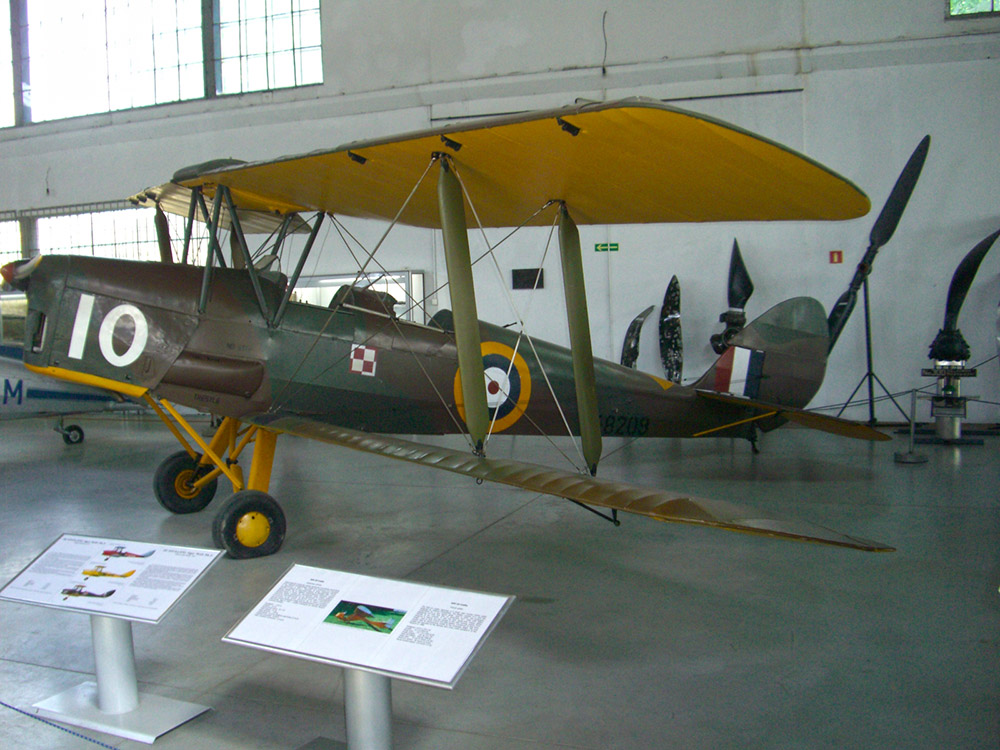





Man erkennt auf den ersten Blick, dass dieser Rumpf bespannt ist.




Die Curtis Hawk D-IRIK 2 war das Privatflugzeug von General Ernst Udet. Es wurde ausgiebigst getestet, um Sturzflugeigenschaften zu erarbeiten, die in die Konstruktion der Ju87 eingingen.


Bei der hier gezeigten D-IRIK handelt es sich um die Originalmaschine, die bei der Eröffnung der olympischen Spiele 1936 zum Einsatz kam.


Die Hubschraubertypen MI2 und MI4 verfügen über bespannte Höhenruder.
Die Führung durch das Museum hat durch Sachkenntnis und Kompetenz überzeugt und alle Teilnehmer waren begeistert.
Nach der Führung ging es zum gemeinsamen Buffet-Mittagessen und am späten Nachmittag wurden wir alle wieder nach Mielec gebracht.

Auf diesem Wege möchten wir uns noch einmal rechtherzlich für den freundlichen Empfang, die herzliche Gastfreundschaft und die kompetente Führung durch das Museum bedanken.
Aufgrund der Wetterlage war es diversen Antonows unmöglich nach Mielec zu fliegen, sodass nur 8 ausländische und 2 polnische AN-2 anwesend waren. Leider war die komplette Route vom Westen nach Mielec durch schlechtwetter ausgeblockt, sodass die Luxemburger Antonow und weitere westlich stationierte Antonows keine Chance hatten nach Mielic durchzukommen.
Eine AN-2 des Aeroclubs Mielecki.


Eine AN-2 aus der tschechischen Republik.


Eine AN-2 aus der tschechischen Republik mit einer besonderen Auspuffverlängerung, die verhindern soll, dass die AN-2 übermäßig beim Anlassen einölt.

Eine polnische AN-2 von der ZUA. Diese AN-2 wird im Agrarflug eingesetzt, im Passagierbereich finden sich die Sprühmitteltanks.
Eine litauische AN-2 auch mit der Besonderheit des geänderten Auspuffrohrs.
Der Taxiway zum Tower wird links und rechts von Antonows gesäumt.
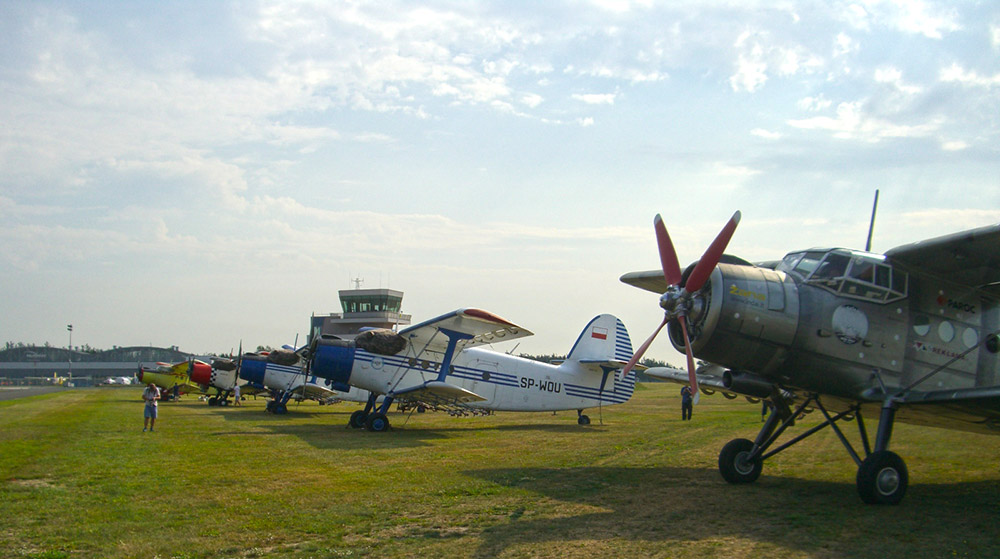

Eine deutsche AN-2 aus Gera.

Eine deutsche AN-2 aus Dessau.


Detailaufnahme einer AN-2 Luftschraube.

Eine schwedische AN-2, die in Litauen zugelassen ist. Auch hier ist ein spezieller Auspuff vorhanden.


Die ORATEX® Anastasia aus Reinsdorf.

Blick ins Cockpit der ukrainischen AN-2 mit einer 1500 PS ukrainischen Turbine sehr kompakter Bauform.
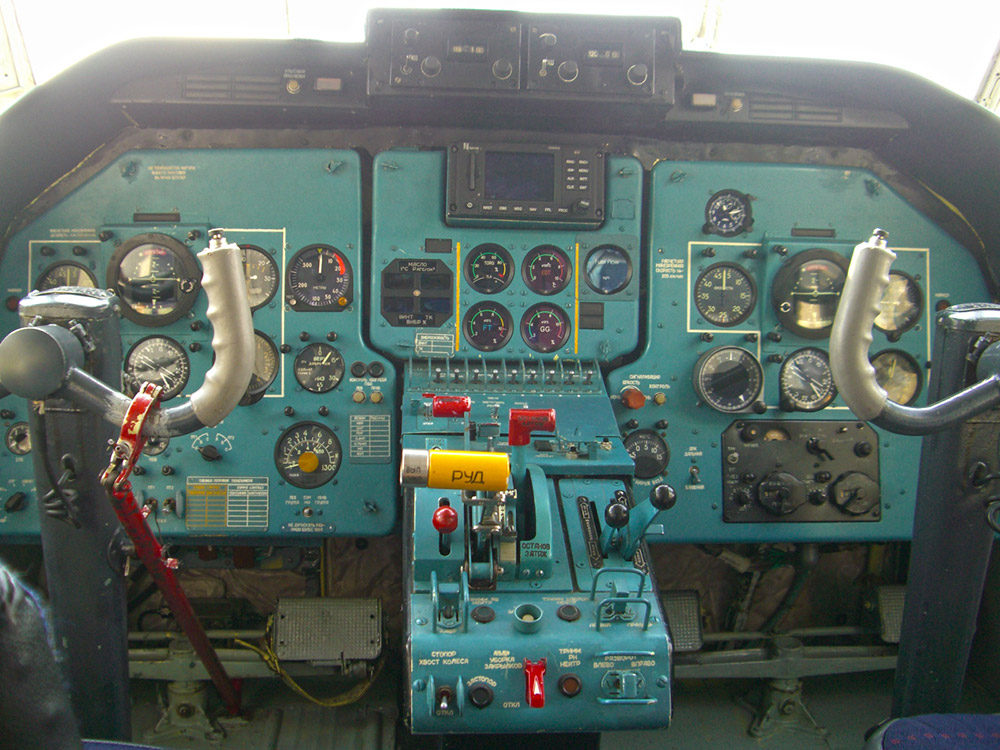
Das Typenschild der ukrainischen Maschine.

Bei geöffneter Motor-/Turbinenhaube erkennt man die kompakte Bauform der ukrainischen Turbine.
Am Samstag wurde noch ein Reparaturbetrieb der ZUA besucht, der am Platz in Mielec ansässig ist, und zu PZL gehört. Dieser Betrieb hat in der Vergangenheit die größte AN-2 Flotte besessen, die nicht nur in Europa sondern auch im mittleren Osten und Afrika Agrareinsätze geflogen hat. Im Durchschnitt hatte jedes Flugzeug dieses Betriebes ca. 400h jährlich in der Luft verbracht.

So wurden in Ägypten Agrareinsätze auf Baumwollplantagen geflogen, es gab Insektenbekämpfungen in Somalia, Mosambik, Libyen und im mittleren Osten. Damit waren die AN-2 der ZUA ausgelastet.
Natürlich wurden auch Agrareinsätze in Polen und der DDR gefolgen, weiterhin gab es auch Einsätze in Deutschland, um Waldschädlinge zu bekämpfen.
Von der alten Größe der ZUA ist leider nicht viel übrig geblieben. So ist die Anzahl der Agrar-Antonows auf 6 Stück gesunken.
Neben den AN-2s verfügt ZUA auch über Kruks und Dromaders für den Agrareinsatz.
Ausgemusterte AN-2 Rümpfe, aufgrund der genialen Konstruktion und des hervorragenden Korrosionsschutzes, können auch die alten, ausgemusterten AN-2 Rümpfe wieder aufgebaut werden und werden in der Regel nicht verschrottet, sondern „überwintern“ nur.

Impressionen aus dem Reparaturbetrieb, auch samstags wird hier gearbeitet.
Samstagabend kam es zum Formationsflug der AN-2s.
Eine Antonow 28, die jetzt von EADS in Mielec, unter dem Namen PZL M28 Skytruck bzw. Bryza gebaut wird. Dieses Flugzeug weist hervorragende STOL-Eigenschaften auf und wird vom polnischen Militär genutzt. Auch die US-Armee verfügt über 16 Modelle dieses Baumusters. Sie gehören zum 318. Special Operations Squadron und sind auf der Cannon Air Base in New Mexiko stationiert.


Weil dieses Flugzeug auch in Mielec gebaut wird, hat es sich an die Spitze des Formationsfluges gesetzt.
Der Formationsflug endet mit einer Ziellandeübung aller beteiligten Maschinen.
Der Abend klang mit Spanferkel und Abschlussparty aus.
Am Sonntag ging es zurück. Alle Antonows wurden startklar gemacht und betankt, außer bei der ukrainischen Antonow erfolgt das bei Sternmotoren bekannte Drehen der Propeller zur Entölung der Zylinder.
Es herrscht Aufbruchsstimmung, da einige eine doch sehr weite Strecke zurücklegen müssen.
Letztes Flugvideo: Rückflug nach Reinsdorf.
Nach dem erfolgreichen Rückflug geht es an die Heimreise aller Teilnehmer dieses grandiosen Events und die Ana wird wieder in ihren Hanger manovriert.

Wir bedanken uns noch einmal rechtherzlich bei den polnischen Fliegerkollegen die das 19. AN-2 Treffen organisiert haben und uns durch die perfekte Organisation dieses Treffens begeistert haben.
Ausnahmslos alle Teilnehmer des AN-2 Treffens sind sich einig darüber, dass dieses Treffen zu den fliegerischen Highlights des Jahres 2017 zählt.
Allen heimgeflogenen Antonows, deren Piloten sowie ihren Besatzungen wünschen wir „ALWAYS BLUE SKIES“ und auch zum 20. AN-2 Treffen im nächsten Jahr möchten wir alle AN-2 Piloten mit ihren Maschinen und Crews recht herzlich einladen, denn dieses Treffen findet in Zerbst (EDUZ), in Deutschland statt.
Nähere Details zu dieser Veranstaltung werden wir im Frühjahr 2018 auf der ORATEX- Website posten.
Die ORATEX bespannte Borey

Unser russischer Kunde, die Firma „NPO AeroVolga“, hat für ihr neustes Projekt, ein UL-Wasserflugzeug gemäß LTF-UL -2003 sowie als LSA mit Namen „Borey“ ORATEX UL 600 als Bespannung ausgewählt.
Schon beim Erstflug mit der „Borey“ offenbarten sich gute Flugleistungen, an denen das ORATEX-Gewebe einen großen Anteil hat.
Egal ob Land- oder Wasserflüge das Flugzeug scheint für alles ausgerüstet und startklar zu sein, wie die uns zugesandten Bilder eindrucksvoll zeigen.







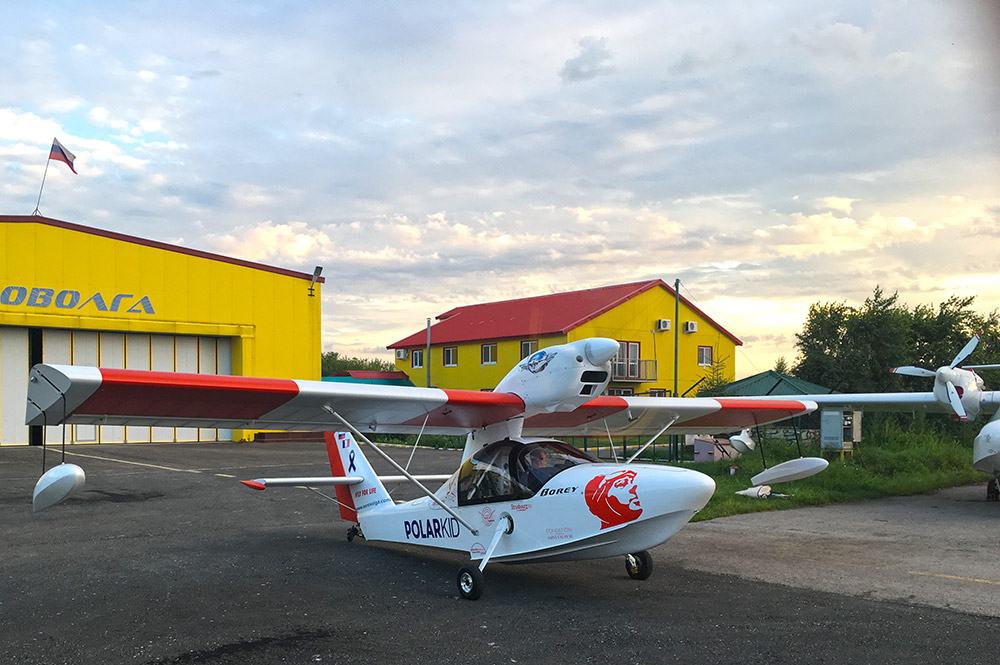

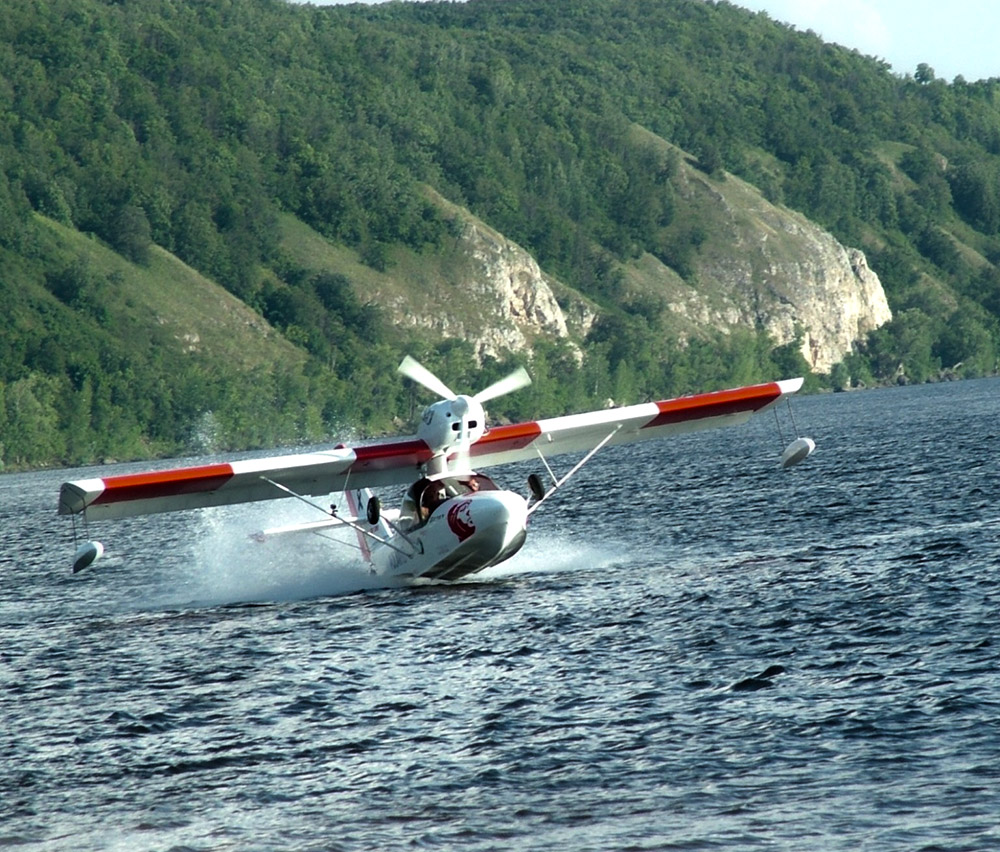
Flugzeughersteller: «Aerovolga» ab, Samara region, Russia
www.aerovolga.com
NEU: ORATEX BESPANNSERVICE
Viele haben lange darauf gewartet, jetzt freuen wir uns, Ihnen unseren ORATEX Bespannservice durch unser "ORATEX BESPANNWERK LEIPZIG" anbieten zu können!
Ab jetzt bespannen wir Ihr Flugzeug für Sie mit ORATEX! Nähere Informationen und das Anfrageformular finden Sie unter: www.lanitz-aviation.com/bespannservice.html
2. ORATEX Bespann-Workshop vom 30.11. bis 03.12.2017

Nachdem während des 1. Workshops vom 02.-05.03.2017 erfolgreich das Modul 1:"Bespannen von Flugzeugrümpfen" an einer ASK 13 (roter Rumpf) und eines Scheibe Motorfalken (weißer Rumpf) durchgeführt wurde, findet ab dem 30.November das Modul 2 statt. In diesem Modul werden unter Anleitung neben ASK 13 Tragflächen auch sowie diverse kleinere Leitwerksteile bespannt.
 Zu dieser Veranstaltung sind Interessenten und Gäste in begrenzter Zahl herzlich eingeladen. Aufgrund des beschränkten Platzangebotes bitten wir solche Besucher sich mit dem Luftsportverband Rheinland-Pfalz e.V. vorher möglichst früh in Verbindung zu setzen.
Zu dieser Veranstaltung sind Interessenten und Gäste in begrenzter Zahl herzlich eingeladen. Aufgrund des beschränkten Platzangebotes bitten wir solche Besucher sich mit dem Luftsportverband Rheinland-Pfalz e.V. vorher möglichst früh in Verbindung zu setzen.
Der Luftsportverband kann ggfls. bei der Suche nach Übernachtungsmöglichkeiten helfen.



Bericht zum Workshop bei OSC Wasserkuppe
 ORATEX und SG 38 – passt das zusammen?
ORATEX und SG 38 – passt das zusammen?Diese Frage haben wir uns auch gestellt. Länger schon haben wir die Berichte und Erfahrungen aufmerksam gelesen. Mustermaterial in den Händen gehabt, auf der Aero ganze Flugzeuge angeschaut....
Ein solch modernes Material auf unseren historischen Schulgleiter, nein, das geht nicht, meinten einzelne „Traditionalisten“ im OSC-Wasserkuppe.
Die Umsetzung dieses Versuches war auch mit Hindernissen verbunden. Das ORATEX UL 600 – Material war noch nicht für Segelflugzeuge zertifiziert. Und nur das 600er kam für uns in Frage, da die transparente Antikfärbung nur in der Qualität lieferbar war. Wie sähe denn ein weiß oder gelb bespannter SG aus? Das wäre nun wirklich nicht vermittelbar.
Die Ka8 unseres Mitgliedes Jörg aus Hannover war das Erprobungsflugzeug zur Zertifizierung von ORATEX UL 600 für alle Segelflugzeuge und Motorsegler, wie der Motorfalke SF25, die der EASA unterstehen. Am 09. März 2017 wurde ORATEX UL 600 schließlich von der EASA für Segelflugzeuge zertifiziert. Nun musste kurzfristig ein Termin her. Wir hatten ja noch nicht mit dem Material gearbeitet – und im Nachhinein kann ich bestätigen, dass die Verarbeitungsbeschreibung auf der Homepage von Lanitz Aviation zwar recht gut verständlich ist, aber nichts ersetzt die Praxistipps, die Fred bei uns vor Ort weitergegeben hat.

Die Vorbereitung der zu bespannenden Teile war in den letzten Wochen fertig: Alter Klebelack restlos entfernt, verschiedene kleinere Reparaturen ausgeführt, dem Prüfer vorgestellt...
Donnerstagmittag wurde es ernst. Fred und Roman kamen mit allen benötigten Materialien und Werkzeugen. Zügig wurde der Arbeitsplatz in der Halle vorbereitet und die ersten Gänge „Klebelack“ (ein wässriger, Zweikomponentiger Hightechkleber) gestrichen. Die Bespannungsbahnen mussten ebenfalls einen dünnen, gleichmäßigen Kleber-Anstrich erhalten. Die Bahnen trockneten und abends kamen die ersten Unterseitenteile auf die Flächen. Fön, Filzrakel und viel Geschick waren die Werkzeuge der Stunde. Zugegeben, die Bespannung dauert länger als mit herkömmlichem Material. Auch braucht man immer eine Hand mehr, aber wenn der Stoff angebügelt und mit dem Bügeleisen gestrafft ist, ist man wirklich FERTIG. Kein Spannlack, keine Decklackierung, einfach fertig. (Ok, wir mussten die Unterseiten vernähen, aber mit 6 Leuten ging auch das Ruckzuck.)
Für mich war Josef (Seppl) Kurz die Sensation. Mit seinen 90 Jahren war er sicher der älteste Teilnehmer eines ORATEX-Workshops. Offen für die technische Evolution stand er als „Antreiber“ immer an unserer Seite, ließ sich alle Schritte vorführen und arbeitete unermüdlich mit. Ja, wir haben von morgens 8 Uhr bis abends 18/19 Uhr durchgearbeitet – und Seppl immer dabei. Da muss ich meinen Hut ziehen. Und als er das Ergebnis betrachtete, war auch Josef überzeugt vom neuen Bespannmaterial.

Wer den SG 38 nun aus 3 Metern Entfernung betrachtet, glaubt einen Baumwollstoff vor sich zu haben, dessen Spannlack (Nitrolack) schon ein paar Jahre vergilbt ist. Fred erzählte, dass die Bewitterungs- und UV-Versuche eine Lebensdauer von 30 Jahren simuliert haben. Da bin ich gespannt. Das wäre genial. Die Widerstandskraft und Stabilität konnte an Proberahmen und einem UL-Leitwerk eindrucksvoll getestet werden.
Der Bergfalke schreit geradezu nach einer Überarbeitung mit ORATEX. Die Erfahrung zeigt, dass ein Doppelsitzer wie die ASK 13 zwischen 17 und 19 kg leichter werden. Auch das täte dem Bergfalken gut.
Auch beim Udet Flamingo könnte die Bespannung mit dem robusten ORATEX 6000 erfolgen.
Fazit: Eindrucksvolles Seminar, intensiver Erfahrungsaustausch, Materialien im Vereinsbetrieb gut zu verarbeiten, enorme mechanische Vorteile gegenüber klassischen Bespannmaterialien – sehr empfehlenswert. Und ja, ORATEX und SG 38 passt zusammen!

Wir bedanken uns bei Frank Thies vom OSC Wasserkuppe für seinen Bericht
Jungfernflug von Europas erster ORATEX® Christen Eagle

Die Performance war beeindruckend:
Die Steigleistung lag bei Vy 94 mph 2120 ft/min
Vertical penetration aus horizontal 180 mph bei 1500 ft
Startstrecke über 50ft. Hindernis: 275m
Landestrecke über 50ft. Hindernis 419 m
Wir gratulieren dem Eigentümer Herrn Thomas Lohrer zu seinem großen Erfolg. Seine Christen Eagle ist einfach eine Augenweide und wir wünschen ihm immer Blue Skies.
Bei der mit ORATEX® 6000 bespannten und ORACOLOR® lackierten Christen Eagle hat sich ein Durchschnittsgewicht von Lackierung und Bespannung von 265 g / m² ergeben. Die Überprüfung einer klassischen bespannten Christen Eagle mit Lackierung ergab ein Flächengewicht der Bespannung von 520 g / m².
Die Bilder, die uns Herr Lohrer geschickt hat sprechen für sich:










Wir haben nichts zu verbergen - Alle Protokolle zum C22 Prüfbericht
Newsflash: Verkehrszulassung erteilt
Ab sofort steht die ORATEX® C22 allen an einer ORATEX® Umrüstung Interessierten C22 Piloten für Testflüge zur Verfügung

Flüge bis 30 Minuten sind kostenfrei. Lediglich Kraftstoff und Öl sind zu bezahlen, Landegebühren entfallen für den Probeflug.
Die ORATEX® C22 ist in Halle Oppin EDAQ stationiert und kann dort geflogen werden.
Ein Testflug lohnt sich auf jeden Fall um objektiv den Unterschied zwischen einer normalen C22 und der ORATEX® C22 kennenzulernen.
Terminabsprachen können telefonisch unter 0341 / 44 23 05 0 erfolgen


UMBAUANLEITUNG ZUR C22 JETZT IM DOWNLOAD-BEREICH
Testflug der C22 ORATEX® Version erfolgreich verlaufen
Geflogen wurde in Halle/Oppin, EDAQ, Startbahn 29, der Wind 180° mit 8 Knoten, Sicht 10 km, Wolken few 2800, Temperatur 14°C, Taupunkt 9°C, QNH 1019.
Nach seinem Testflug mit der ORATEX® C22 - Interview mit DAEC-Prüfer M. Bätz
AERO 2017 – wir waren dabei!

Einmal mehr konnten wir uns und unsere Produkte den Kunden direkt und persönlich präsentieren. Auch unsere täglichen Bespann-Workshops auf unserem Stand erfreuten sich großer Beliebtheit bei den Zuschauermassen.
Die mit ORATEX bespannten Aussteller-Flugzeuge zogen viel Aufmerksamkeit auf sich, indem sie optisch ansprechend unser Gewebe fertig verarbeitet präsentierten und damit das ein oder andere Piloten-Herz höher schlugen ließen.
Wir freuen uns, viele Bestandskunden wiedergesehen zu haben, von ihren neuen Projekten erfahren zu haben und Ihnen nun weiterhin beratend zur Seite stehen zu dürfen. Aber auch vielen neuen Kunden durften wir unsere Produkte näherbringen.






2K-SPACHTEL AUF PU-BASIS:
 Die 2-Komponenten-PU-Spachtel hat gute Fülleigenschaften, schrumpft nicht, ist temperaturbeständig, trocknet schnell, kann leicht geschliffen werden und es entstehen keine Schwundrisse.
Die 2-Komponenten-PU-Spachtel hat gute Fülleigenschaften, schrumpft nicht, ist temperaturbeständig, trocknet schnell, kann leicht geschliffen werden und es entstehen keine Schwundrisse.Sie wurde als Spachtel für die ORACOLOR® Lacke entwickelt.
Die 2-Komponenten-PU-Spachtel wird immer mit dem dazugehörigen Härter geliefert.
Spachtelstellen können auch mit ORATEX® überbügelt werden.
Klicken Sie auf das Bild, um zu dem Produkt im Shop zu gelangen.
DIE SENSATION FÜR ALLE BETREIBER VON SCHLEICHER SEGELFLUGZEUGEN:
...hier geht's zu den News 2016 >>






